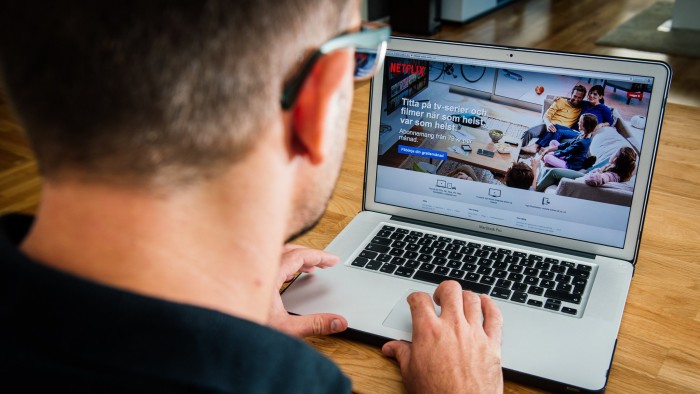Netflix: Burden of empire

Roula Khalaf, Editor of the FT, selects her favourite stories in this weekly newsletter.
Netflix is coming to Spain. “Bienvenidos!” was the tweet from a rival digital television provider, Wuaki TV, although it spiked the greeting with an image of a belligerent looking man and the words: “We’re waiting for you.”
If Netflix’s history of foreign invasions is a guide, it is Wuaki, owned by Japanese internet group Rakuten, that has more to fear when its US challenger arrives in October. Even where there is an established incumbent, such as Lovefilm in the UK, Netflix has eventually triumphed with keen prices and keenly-awaited content such as House of Cards. Arriving later means a tougher battle but also permits lessons from the missteps of predecessors. In Japan, where Netflix is launching this week, it is promising cheaper prices and more Japanese content than the entry offering from Hulu, which struggled at launch. The Netflix empire now spans more than 50 countries and 65m subscribers, of which 23m are outside the US.
But that comes at a cost. Netflix makes big operating losses in its non-US business — last quarter $92m on revenues of $455m — and has warned they should worsen before peaking next year when launches are scheduled to include China and India. With a never-ending and expensive battle for content, Netflix’s free cash flow has been negative for the past four quarters, $229.3m for the three months to June.
Founder and chief executive Reed Hastings has been proven right in fending off shareholder calls to sell the company and aggressively pursuing growth in digital streaming. His overseas expansion has captured the imagination of subscribers and investors alike. Last quarter it predicted 2.5m new subscribers, but ended up with 3.3m. The company predicts it will break even next year before recording “material global profits” in 2017.
Yet after surging this year, Netflix’s market capitalisation is now $50bn, about 265 times 2016 earnings. It is hard to see where the moats are around the business that would allow Netflix to ever charge subscribers enough money to justify that valuation. Nor is there any sign that content, whose suppliers are increasingly also competitors, is going to cost less. With unusual frankness, Mr Hastings seems to agree. He has previously described a 2013 stock market valuation as a “hype fest”. Today, with the stock 148 per cent higher, he sees a “mystery”. His words deserve more attention.
Email the Lex team at lex@ft.com
Comments